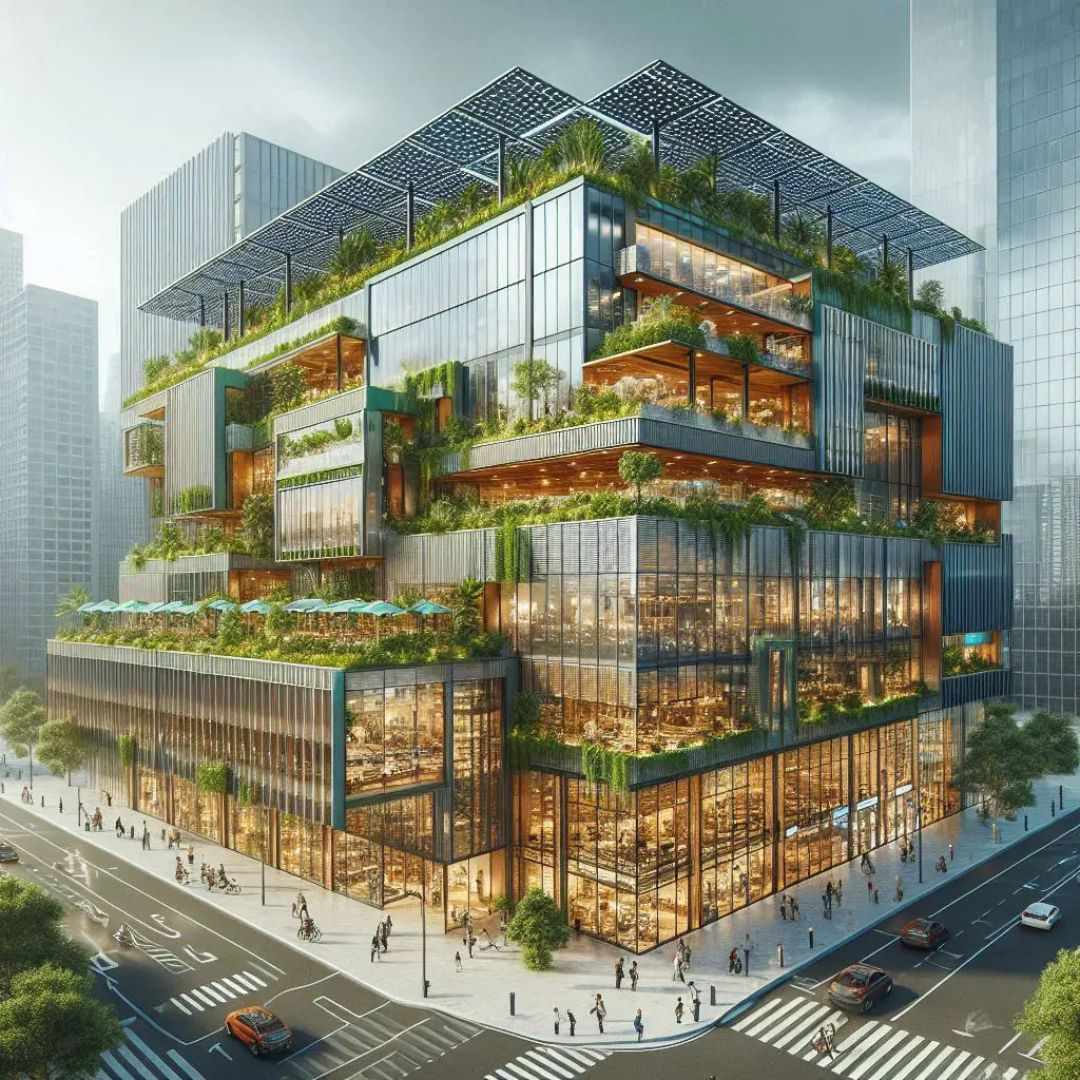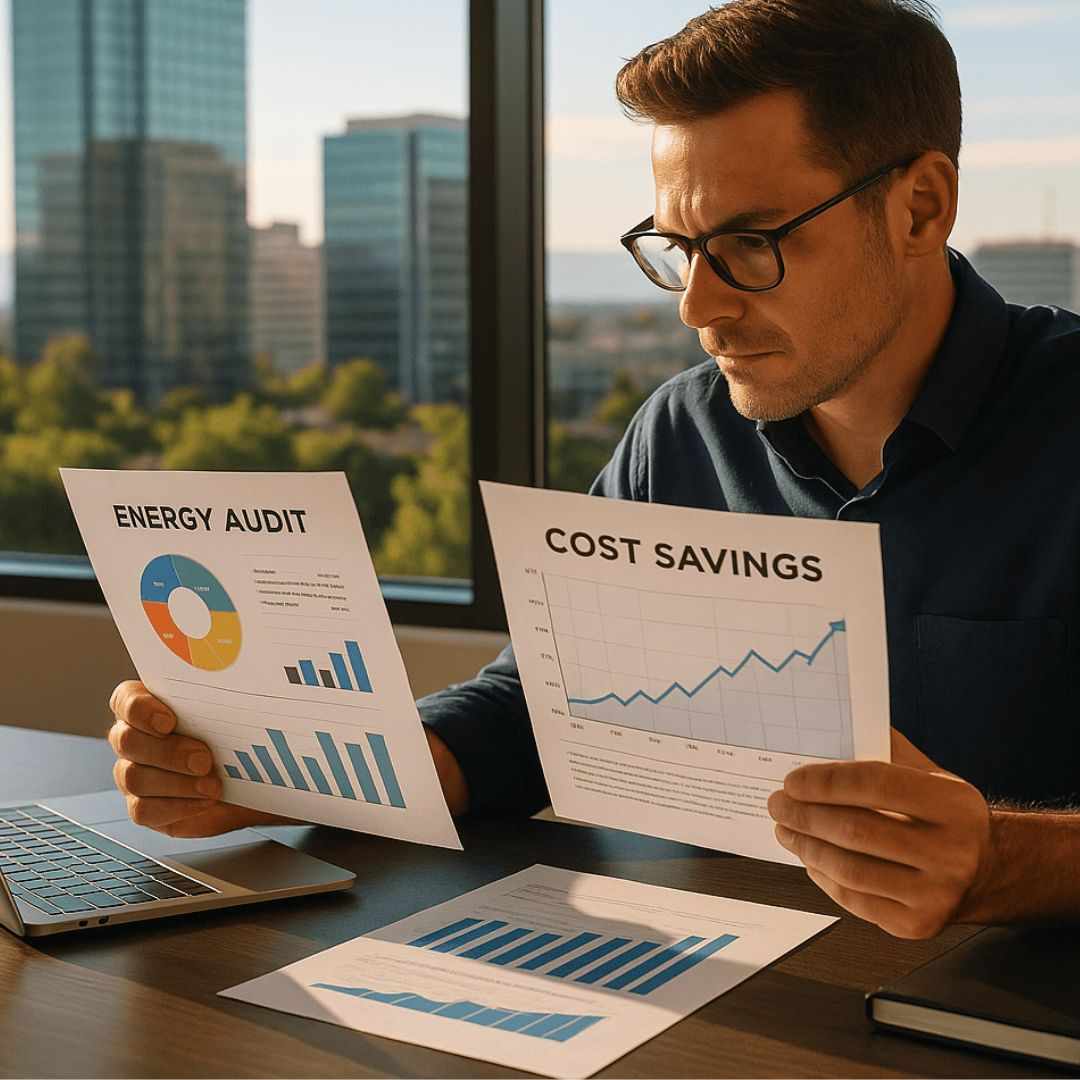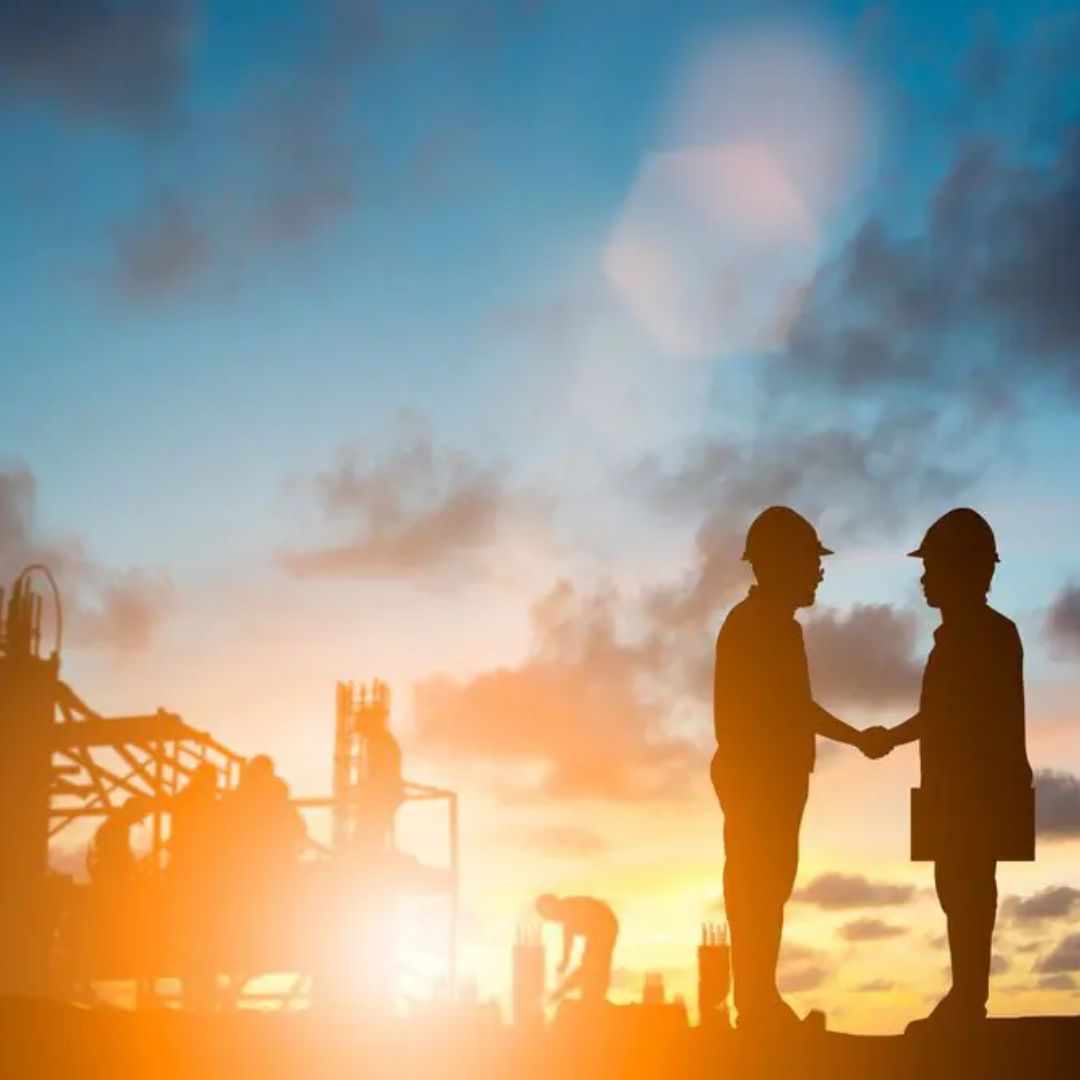
As cities around the world confront the growing threats of climate change, energy insecurity, and environmental degradation, many are searching for proven, practical models to follow. One city that stands out as a pioneer in this global shift is San Francisco. Known for its forward-thinking policies and community-driven innovation, San Francisco has made remarkable progress in transitioning to cleaner, more sustainable energy systems. This transformation hasn’t been accidental. It has been the result of thoughtful planning, strategic investment, strong leadership, and active public engagement.
The lessons emerging from San Francisco's journey provide a blueprint for other urban areas—big or small—that want to reduce their carbon footprint, improve energy resilience, and build a healthier, more equitable future. From policy frameworks and infrastructure investment to community outreach and energy equity, San Francisco’s energy evolution holds valuable insights for cities across the globe.
Set Ambitious but Achievable Targets, Then Beat Them
A crucial aspect of San Francisco’s transformation has been its ability to set ambitious goals and exceed them. By targeting 100% renewable electricity in its public energy programs, the city set a high bar. But more importantly, it reached that target ahead of schedule, demonstrating that with proper planning and accountability, lofty climate goals are not only achievable—they can be surpassed. This sends a strong message to other cities: commitment backed by action leads to real results. When goals are measurable, clearly communicated, and embedded into policy, cities can motivate departments, stakeholders, and residents to rally around a shared mission.
Build Flexible, Community-Focused Energy Programs
San Francisco’s energy programs were not built with a top-down mindset. Instead, they were designed to empower communities. By offering multiple energy options—such as basic renewable services and premium 100% green alternatives—the city gave residents and businesses the freedom to participate at a level they were comfortable with. This kind of flexibility increases public participation and avoids the resistance that often accompanies rigid mandates. Cities that tailor their energy programs around community needs and preferences are more likely to build lasting engagement and support.
Diversify Clean Energy Portfolio
San Francisco’s approach to clean energy is rooted in diversity—not just demographically, but technologically. The city does not rely solely on solar power or wind energy. Instead, it has built a balanced portfolio that includes solar, wind, hydro, geothermal, and battery storage. This strategic mix allows the city to maintain a stable energy supply even when one source underperforms due to weather or demand fluctuations. Cities looking to follow this model should explore a combination of renewable sources based on local availability, geography, and infrastructure, rather than putting all their energy ambitions into one technology.
Leverage Policy, Regulation, and Incentives Together
Effective energy transformation happens when good policy is backed by strong incentives and fair regulations. San Francisco has shown how to integrate these elements into a cohesive strategy. For example, the city has introduced building performance standards, encouraged the electrification of heating and cooking, and created regulations that support clean construction practices. At the same time, it offers financial incentives to help residents and businesses adopt these standards. The synergy between regulation and incentive ensures that the transformation is not only mandatory—but achievable. This balance makes compliance more palatable and drives broader participation.
Prioritize Equity and Access
Sustainability efforts that don’t account for equity often fail to gain widespread support. San Francisco has made a clear commitment to ensuring that underserved communities are not left behind in the clean energy transition. This includes offering rebates, incentives, and special programs aimed at supporting low-income residents and historically marginalized neighborhoods. By focusing on equity, the city ensures that energy savings, health benefits, and job opportunities are shared across all communities. Cities that make equity a cornerstone of their strategy are more likely to see lasting, inclusive progress.
Invest in Infrastructure — Especially Storage and Grid Flexibility
Transitioning to renewable energy requires more than swapping out fossil fuels. It involves rethinking the entire energy delivery system. San Francisco has invested heavily in modernizing its infrastructure, with a focus on energy storage and grid flexibility. Energy storage systems, particularly batteries, help the city store excess solar and wind energy for use during peak hours or outages. Additionally, the grid has been upgraded to handle bi-directional energy flows, demand-response technologies, and microgrid setups. Infrastructure investment is fundamental for cities that want to scale renewable energy while ensuring reliability and resilience.
Monitor, Report, and Celebrate Progress
San Francisco has embedded transparency and accountability into its energy strategy. Regular tracking and public reporting ensure that progress remains visible to both decision-makers and the public. Milestones are publicly celebrated, which reinforces the city’s reputation as a climate leader and strengthens community pride. Cities elsewhere can adopt this practice by setting up reporting systems, publishing annual performance metrics, and openly communicating successes and setbacks. Celebrating progress not only rewards stakeholders but also fuels continued momentum.
Engage Stakeholders from Community to Government
One of the most effective strategies San Francisco has employed is its inclusive approach to decision-making. Stakeholders from all levels—local residents, government departments, environmental groups, and businesses—have been involved in shaping energy policies. This collaboration ensures that energy programs reflect the needs of the people they are meant to serve. When diverse voices are brought into the planning and execution process, the outcomes are more equitable, effective, and accepted. Cities seeking to replicate San Francisco’s success must foster a culture of collaboration across sectors.
Plan Long-Term, But Allow for Adaptation
Long-term planning is essential for lasting energy transformation, but it must be coupled with adaptability. San Francisco’s energy goals are built on a multi-decade vision, yet the city continuously adjusts its strategies based on new data, technologies, and community feedback. This flexible approach allows the city to stay on track even as conditions change. Cities that want to future-proof their energy systems should develop comprehensive long-term plans while maintaining room for innovation and course correction.
Understand That Upfront Costs Are Not the Whole Story
Concerns about the cost of clean energy often slow down or derail local transformation efforts. San Francisco’s experience demonstrates that while upfront costs for things like solar installations, electric appliances, and battery systems can be high, the long-term savings and benefits often outweigh them. Lower utility bills, reduced health impacts from pollution, and improved public infrastructure all contribute to a strong return on investment. Furthermore, by offering incentives and financing options, San Francisco has helped residents overcome the barrier of initial costs. Cities should frame clean energy investments as long-term solutions that deliver economic, environmental, and health benefits over time.
Address Challenges Head-On Without Losing Momentum
San Francisco’s journey has not been without challenges. Whether it was opposition to new regulations, the complexity of permitting, or the technical limitations of outdated systems, obstacles were always part of the process. However, what sets San Francisco apart is its resilience. The city used pilot programs, phased rollouts, and community listening sessions to navigate hurdles without derailing the larger mission. Other cities should expect resistance and complications but remain focused on the end goal. Addressing challenges head-on while maintaining steady progress is essential for long-term success.
Create a Culture of Sustainability
Policy alone cannot drive transformation. San Francisco succeeded because it built a culture that values sustainability. Through educational campaigns, public events, and strong leadership, the city made clean energy a shared community value. Residents became proud contributors to climate action, and businesses were encouraged to innovate sustainably. For other cities, building such a culture may take time, but it begins with communication and community involvement. When sustainability becomes part of everyday life and identity, policies find natural support and implementation becomes smoother.
Collaborate with Other Cities and Regions
San Francisco’s impact has grown because it hasn’t worked alone. The city has partnered with neighboring municipalities, state programs, and national initiatives to scale its efforts. Regional partnerships allow for shared resources, coordinated policies, and collective bargaining power when procuring clean energy. Collaboration also allows cities to learn from each other’s successes and failures. No city should operate in isolation. The clean energy movement benefits when local leaders share data, strategies, and lessons across geographic and political boundaries.
Use Data to Drive Every Decision
At the heart of San Francisco’s energy transformation is its reliance on data. The city gathers detailed information on building energy use, transportation emissions, utility performance, and more. This data is used to prioritize initiatives, track progress, and make informed adjustments. Data-driven decisions increase efficiency and accountability, allowing leaders to invest where the impact is greatest. For cities just beginning their journey, building a strong data infrastructure from the start will enable smarter choices and better outcomes throughout the transition.
Make Sustainability a Core City Value
San Francisco treats sustainability not as a policy category but as a core value that runs through all aspects of city life—from transportation and housing to public health and education. This holistic integration has made energy transformation more effective and deeply rooted. When clean energy becomes a cross-cutting priority, it naturally influences city planning, resource allocation, and public discourse. Other cities can benefit by embedding sustainability into their core values, making it a foundation rather than an add-on.
Conclusion
San Francisco’s energy transformation is more than a success story—it’s a roadmap. Through its bold goals, inclusive planning, smart investments, and community engagement, the city has shown what’s possible when sustainability becomes a priority. Its model proves that clean energy is not just about technology or regulation; it’s about vision, leadership, and people.Other cities, regardless of size or geography, can draw inspiration and guidance from San Francisco’s approach. The path to a cleaner, more resilient, and equitable energy future is complex, but it is entirely achievable. With commitment, collaboration, and a willingness to learn and adapt, every city has the potential to follow—and even exceed—the trail that San Francisco has blazed.

















Write a comment ...